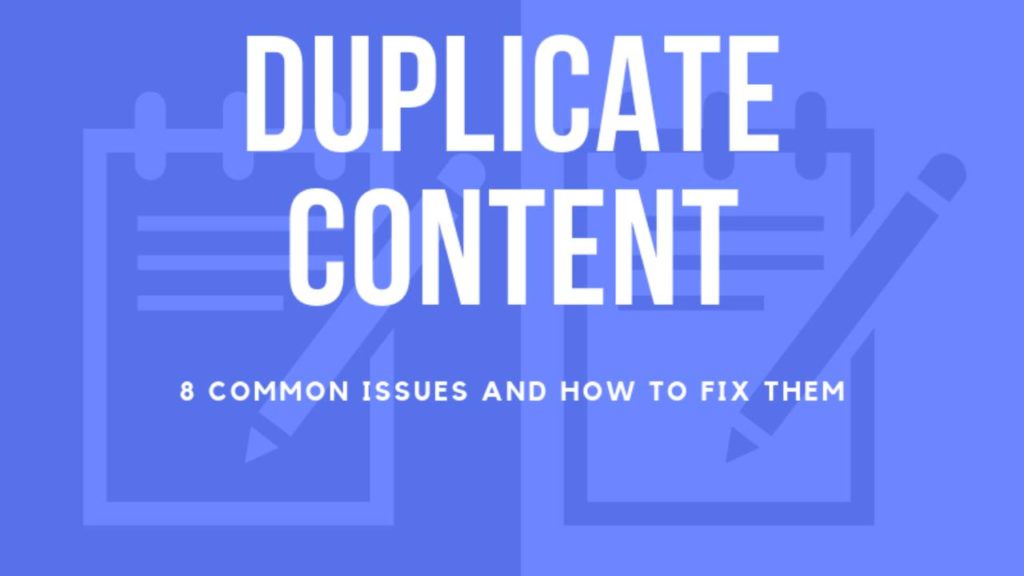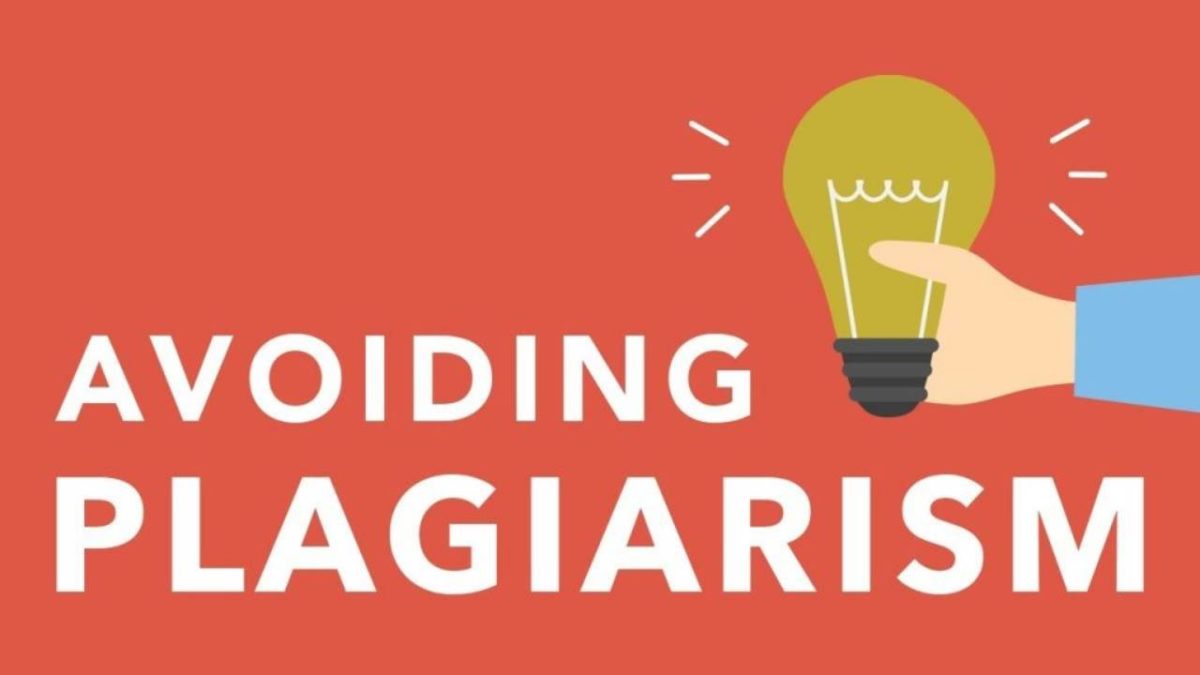Table of Contents
Definition of Plagiarism
Plagiarism occurs when foreign texts or representations in a different form (e.g., photos, graphics, pieces of music, sound recordings) are adopted without specifying a source.
However, Plagiarism is an intellectual property theft.
The illegitimate and illegal use of intellectual property or knowledge that another person has acquired or created to gain a personal advantage
A technical object of an intelligent work that has arisen through illegitimate or illegal imitation or copying
If you adopt ideas, sentences, or paragraphs from other people in your academic work without pointing them out, you commit plagiarism.
You have to state the sources you used in the text and the bibliography of your scientific work.
Everything You Should Know About Duplicate Content
- Similar content can do as much harm as a duplicate content. Google’s definition of duplicate content even includes the phrase “substantially similar.”
- A great solution to the problem is to use a canonical tag or consider combining these pieces of content into one.
Duplicate content
- The same content (DC) appears identically on several pages on the Internet. It is not just a matter of copied texts, but above all of the completely identical individual pages.
- Internal content means that the same content is on a domain. External revenues that the content acts on the various parts.
- The duplicate content causes problems for search engines like Google.
- The content of the affected page is more difficult to find or even filtered out.
- For a website not to have ranking problems due to duplicate content, every indexed page must have enough “unique content.”

Internal and external duplicate content
- The identical content is found on two independent websites ( external duplicate content ) or within a domain ( same internal content ).
- If there is duplication within a domain, this is considered internal duplicate content.
- However, It affects completely identical content or passages, but constant texts in the sidebar of every URL increase the risk of duplication, which Google could penalize.
- An example of this would be copying content from other websites.
- If you have written an article on the subject of “Marketing Trends” and copied content from Wikipedia, then you have created external duplicate content on your website.
Why duplicate content is harmful to SEO?
There are several points at once:
- Unwanted URLs into search results.
- They are spraying external links to the page.
- Waste crawling budget.
- Syndicated or stolen content can be ahead of you in search results
How Harmful is Duplicate Content?
- The lousy object about duplicate content is that the effects usually don’t show up at all.
- However, it is ballast on the site that slows you down.
- If your site has thousands of URLs, and your site configuration turns out to be more and more complicated, the problems get severe.
Why is duplicate content a problem for Google?
- Search engines place great value on uniqueness and a positive user experience. In addition to many other factors, this also includes unique content with added value.
- Google uses specific signals for rating for users. These include the age, quality (comprehensive/high-quality text), the relevance of the content for the search phrase, and many other factors.
- If two or more websites have the same range, then the search engines orientate themselves exactly; these signals rank higher for a keyword.
- Moreover, Google tries to show users only pages with different information to find relevant answers to their search query.
- Consequently, when Google detects duplicate content, the copy is removed from search results not to bore users with the same content.
When is Plagiarism harmful?
- Google rarely assumes that content is duplicate to manipulate the ranking or deceive users.
- For example, according to Google, discussion forums, stock items, or print versions of websites are among the content that is not duplicate.
- However, suppose content contains manipulative intent (known as “scraping” or “search engine spam”).
- In that case, the affected websites are either given a lower ranking or wholly removed from the Google index.
How machines recognize Plagiarism?
- Search Engines like Google use an exclusive algorithm to detect duplicate content.
- Exactly how Google does this is a trade secret. However, a procedure based on the shingle algorithm, which is often used to identify the same content, is possible.
- If you have a complete text in front of you, it divides into individual shingles and compared.
- The algorithm compares individual word packets with each other.
- When comparing the two sentences, it becomes clear that two of the four shingles are identical (intersection).
- The union is four (number of shingles that belong to either A or B). It means that the rate is equal to 50.00%.
Conclusion
- Basically, Plagiarism keeps track of the appearance of duplicate content on the site to avoid wasting your crawling budget.
- It prevents the robot from searching and indexing new and necessary pages by the robot.
- However, the best tools in your arsenal are canonical tags, 301 redirects, no follow / no index attributes in the “robots”
meta tag, and directives in your robots.txt file. - Work on identifying and removing duplicate content by adding checkpoints to your SEO audit.
Also Read: Affiliate Marketing – Ways to succeed with Affiliate Marketing

